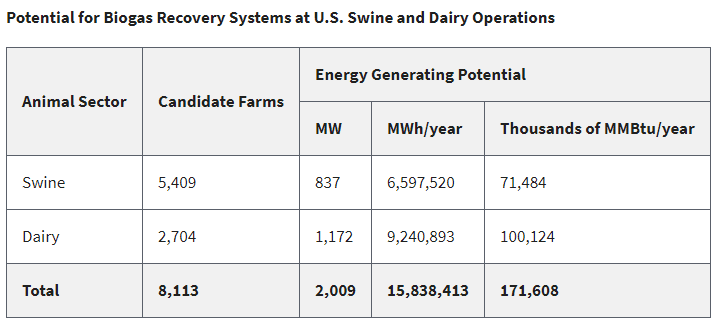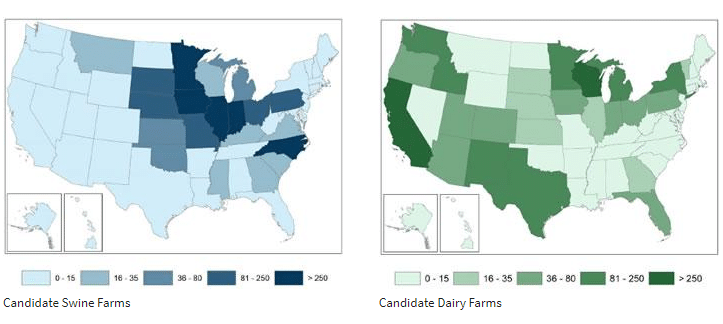Renewable Natural Gas (RNG) – The Next Big Thing
July 30, 2020
Tags: Biogas, Biomethane, Landfill, Natural Gas, Piping design, Piping Engineering, Piping Isometric drawings, Piping Systems for Plants, Renewable, Renewable Natural Gas
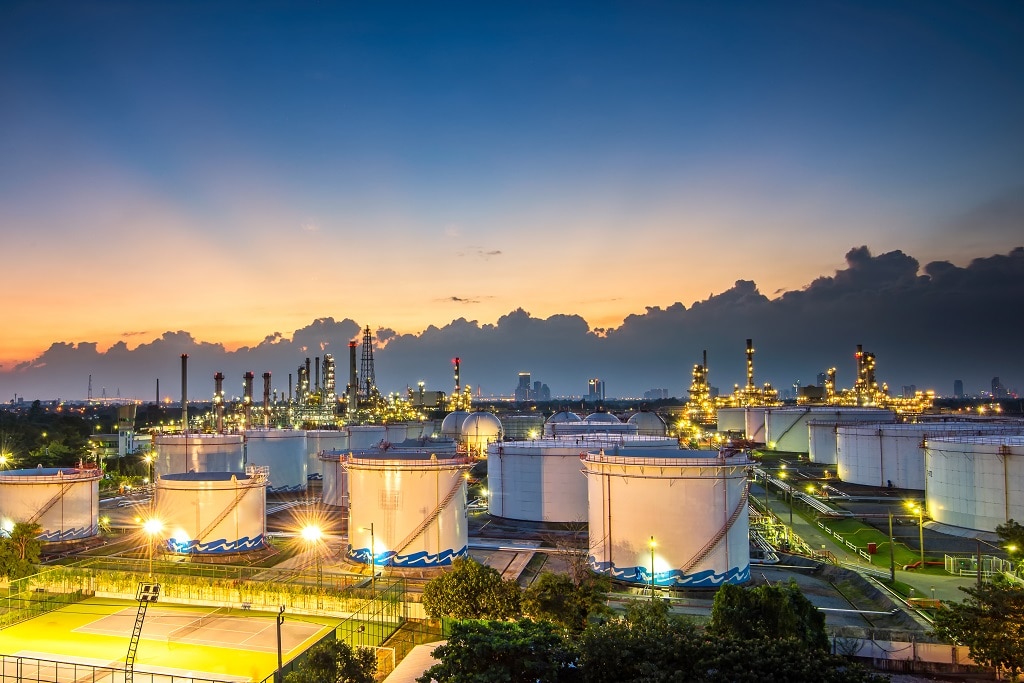 Renewable Natural gas or RNG is a substitute for natural gas and has a methane concentration greater than 90%. RNG can be produced from several sources, such as wastewater treatment facilities, landfill waste, and animal manure.
This market is growing at an exponential rate due to various policies and legal framework for renewable gas. Going into the next decade it looks like RNG is the next step to sustainability as a carbon-neutral fuel. This blog covers the scope of Renewable Natural Gas and how the USA is leading its way to become the world’s largest producer of Renewable Natural Gas.
Renewable Natural gas or RNG is a substitute for natural gas and has a methane concentration greater than 90%. RNG can be produced from several sources, such as wastewater treatment facilities, landfill waste, and animal manure.
This market is growing at an exponential rate due to various policies and legal framework for renewable gas. Going into the next decade it looks like RNG is the next step to sustainability as a carbon-neutral fuel. This blog covers the scope of Renewable Natural Gas and how the USA is leading its way to become the world’s largest producer of Renewable Natural Gas.
Process of RNG
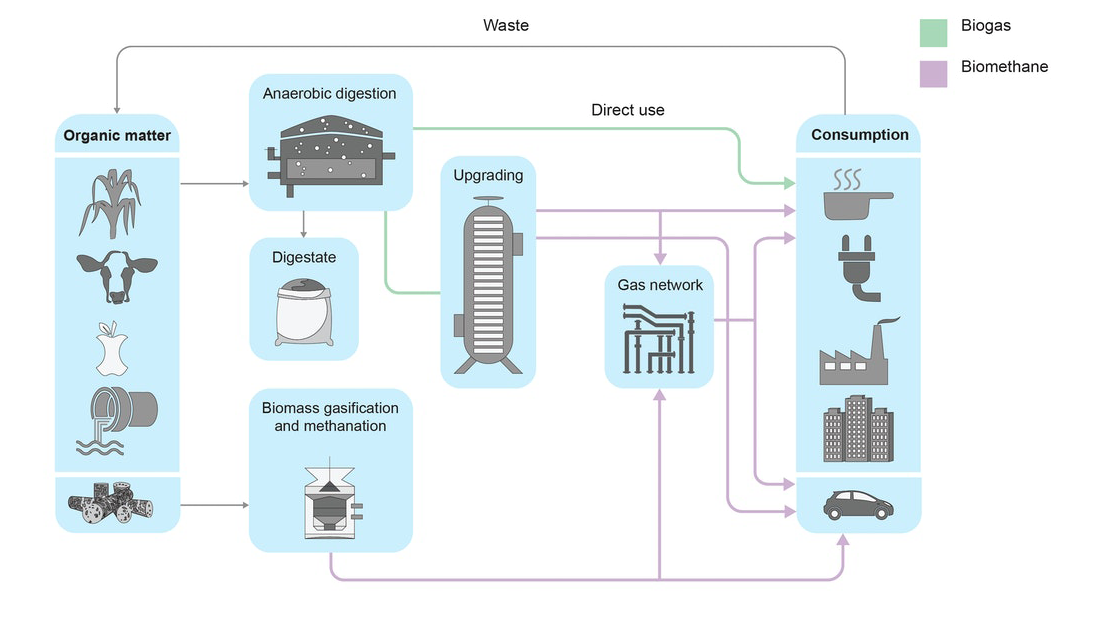
World Energy Outlook special report – https://www.iea.org/reports/outlook-for-biogas-and-biomethane-prospects-for-organic-growth/an-introduction-to-biogas-and-biomethane
Components involved in the RNG Process: Biogas Digester:- It provides anaerobic environment
- Bacteria put in the digester to convert biomass to biogas
- Sludge from here gets used as manure.
- Collects biogas that has methane content of 40-60% and the rest CO₂
- Removes the CO2, purifies the biogas to required pipeline standards. Gas formed is called biomethane.
- Monitors gas quality
- Prevents non- compliant gas
- Measures and odorizes the volume of RNG
Economics of RNG
Two types of costs- Type 1 – Collection/digestion, conditioning/upgrading and compression.
- Proportional to amount of biogas
- Limited economies of scale
- Do not vary with location
- This type is based on technological upgrades
- Type 2 – Interconnection costs.
- Exhibit strong economies of scale
- Vary based on location
Scope of RNG
Biomethane can be distributed via existing natural gas pipeline (more than 210 unique pipeline system with 300,000 miles of pipeline) that cover 177 million people in the US as well as other demand centers. Interesting facts:- In 2019 natural gas was the largest source for electricity generation (38%)
- Coal was 2nd largest (23%)
- Petroleum was about 1%
Decline in coal plants
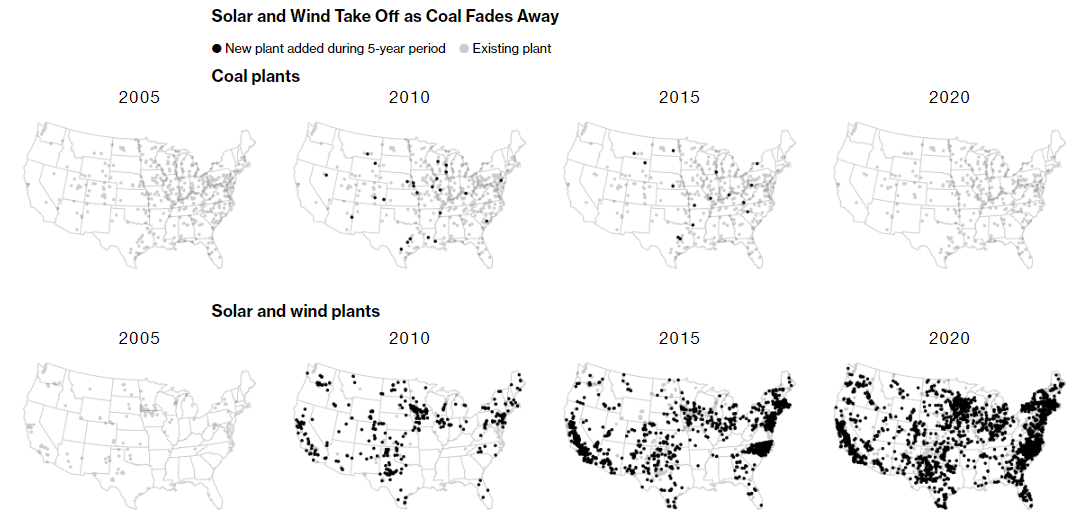
Can Renewable Energy Power the World? – https://www.bloomberg.com/graphics/2019-can-renewable-energy-power-the-world/
Difference between Natural Gas & Renewable Natural Gas
Natural Gas
- Fossil fuel dug up from natural gas or oil wells
- Not a renewable source of energy
- Not a renewable source of energy
- Reduces 20-25% vehicle carbon emissions
Renewable Natural Gas
- Energy made from existing waste
- Renewable source of energy
- Technology price
- Reduces vehicle carbon footprint by 88%
Why is RNG more favorable?
- Laws
- Federal renewable fuel standard
- California low carbon fuel standard
- Volatility of fossil fuel prices
- Clean burning fuel and with potential of decreasing cost with developing technology
- Domestic production capability and less dependence on geopolitical conditions
- Made from existing waste products
- Reduces transportation cost by $421 million by 2021-NYC
- Can directly replace natural gas
- Reduces otherwise emitted harmful methane
Federal Renewable Fuel Standard
- It requires renewable fuels to be blended into transportation fuel in increasing amounts each year, escalating to 36 billion gallons by 2022
- Compliance is tracked through Renewable Identification Number system which assigns a RIN to every gallon of fuel
- Parties can meet the obligation either by selling required biofuel or by purchasing RIN from parties that exceed their requirement
- Volumes required are based on percentage of its petroleum product sales
Number of RNG plants in North America
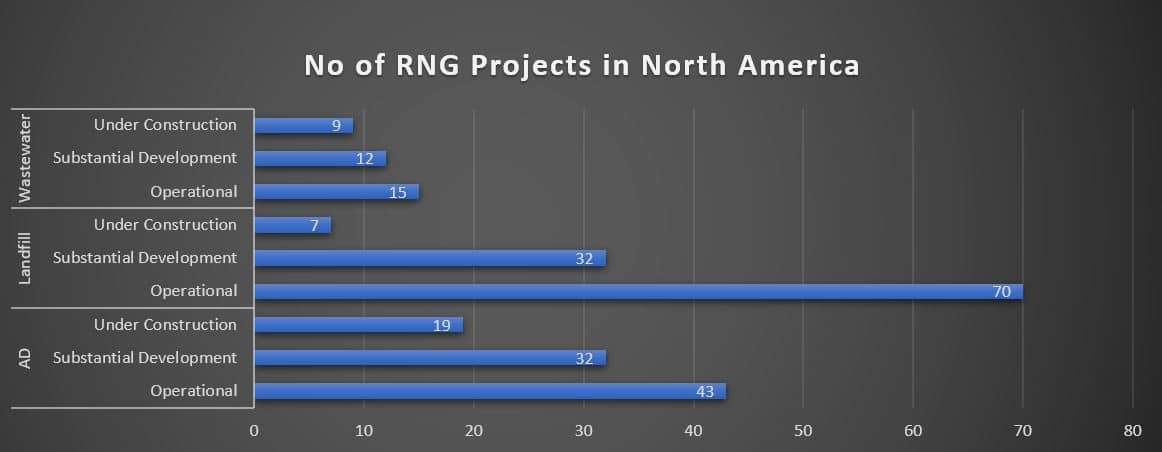
RNG PRODUCTION FACILITIES IN NORTH AMERICA – http://www.rngcoalition.com/rng-production-facilities
RNG production sites across North America grew by 150% in the past 5 years. With large sources of organics in North America such as 66.5 Million tons of Food Waste in a year; 17,000 wastewater facilities; 8,000 large farms and diaries that produce agriculture waste; 1,750 Landfills; it is easy to say that the growth will be even higher in the coming years.
